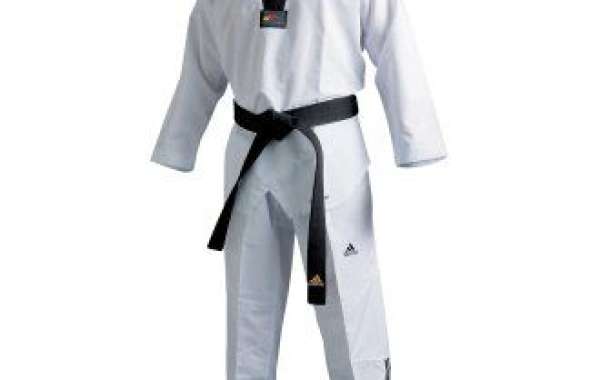In the realm of martial arts, attire serves as more than just a practical necessity; it encapsulates the essence of the discipline it represents. Nowhere is this truer than in the realm of judo, where the judogi holds profound significance. A judoka's Judo Uniforms uniform is not merely a piece of clothing but a vessel carrying the ethos, history, and identity of judo itself. Let's embark on a journey to unravel the layers of meaning woven into the fabric of judo uniforms.
The Historical Tapestry: To understand the judogi's significance, we must first delve into its historical roots. Originating in Japan in the late 19th century, judo was crafted by Jigoro Kano as a martial art focused on leverage and technique rather than sheer strength. The judogi, inspired by traditional Japanese clothing, emerged as the ideal attire for the practice of judo. Its design, with its loose-fitting jacket and pants, facilitated fluid movement and provided a canvas for the application of judo's principles of balance and harmony.
Evolution of Design: While the core elements of the judogi remain true to its origins, its design has evolved over time to meet the demands of modern judo practice. Early judogi were crafted from heavy cotton canvas, offering durability but often sacrificing comfort. In response to the needs of practitioners, manufacturers began experimenting with different fabrics and blends, resulting in lighter, more breathable uniforms without compromising on strength and resilience.
Today, judogi are available in a variety of styles and materials, catering to the preferences and requirements of judoka at every level. From traditional heavyweight cotton to lightweight, moisture-wicking blends, the modern judogi offers options suited to different climates, training intensities, and personal preferences. Despite these variations, the core principles of the judogi – durability, freedom of movement, and respect for tradition – remain unchanged.
Symbolism and Identity: Beyond its practical function, the judogi serves as a potent symbol of identity and belonging within the judo community. The distinctive white jacket and pants, paired with the colored belt indicating rank, signify a practitioner's journey through the art of judo. Each stain, tear, and fray tells a story of countless hours spent on the mat, grappling with opponents and mastering techniques.
The judogi also embodies the values and ethos of judo itself – respect, discipline, and mutual welfare. When a judoka dons their uniform, they are not merely dressing for training or competition; they are embracing a way of life, rooted in centuries of tradition and guided by the principles of judo.
Conclusion: In the world of judo, the uniform is more than just clothing; it is a tangible expression of the art's heritage, philosophy, and spirit. From its humble beginnings in the dojo of Jigoro Kano to its status as a global symbol of martial arts excellence, the judogi stands as a testament to the enduring legacy of judo. As practitioners don their uniforms and step onto the tatami, they carry with them not only the fabric of their gi but also the essence of judo itself – a tradition of strength, resilience, and mutual respect that transcends borders and generations.







